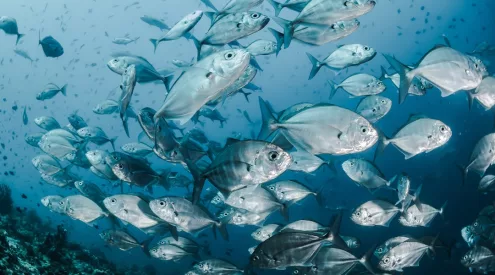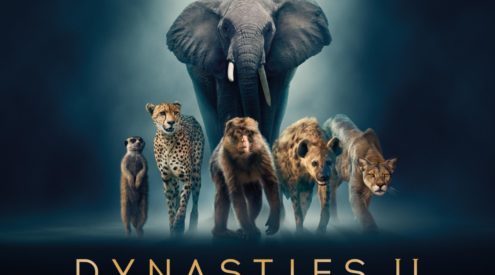I recently spent the weekend at De Hoop Nature Reserve, which has over 500km of marine coastline. While there I went on their Marine Walk, that had me seeing sea creatures very differently! Here are some fascinating facts that I learnt about starfish, urchins, barnacles and more that could make your next visit to a tidal pool even more interesting.
More info on how to book below.
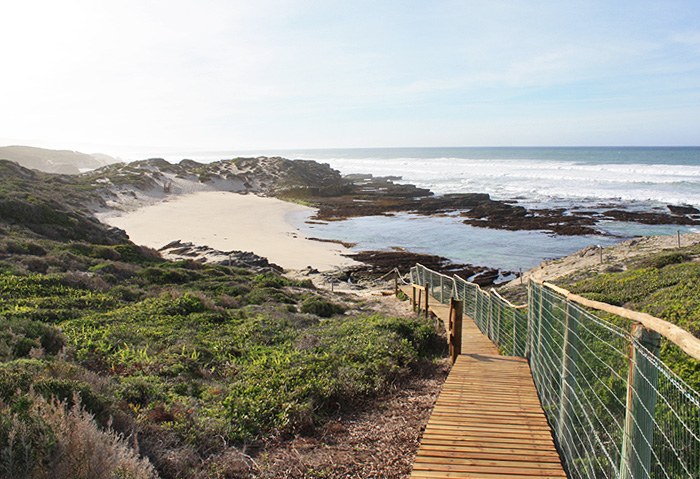
1. Sea urchins
These spiny little chaps graze on kelp and are therefore responsible for keeping it in check. Keepers of the Kelp, so to speak! They are also known to put shells on their head to protect them from the sun.

This little urchin was the perfect purple fashion accessory for a minute.
2. Limpets
Known as the farmers of the tidal pools, limpets cultivate gardens of algae that they patrol during high tide, weeding out any unwanted algal growth and eating the desired ones. The goat’s eye limpet grows a garden that can be up to 10 times its size.
3. Sea anemones
Fish are one of the few species that can see colour and the brighly coloured anemone uses this to attract its next meal – in this case, curiosity will kill the fish! Anemones can sense protein and that’s why when you stick your finger near its tentacles, it caresses your finger (hoping that you are its next morsel).
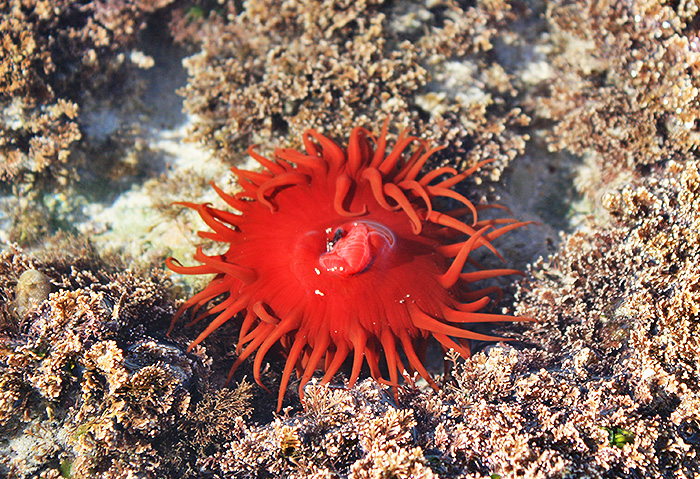
Fish can’t resist investigating bright colours and end up being the anemone’s next meal.
4. Starfish
Starfish are like lizards in that they can drop one of their arms if attacked by a predator. And like a lizard’s tail, this arm will eventually grow back. Some species can even grow a new starfish out of a severed limb as many of their vital organs are in their arms. They also have a tiny eye at the end of each of their arms which allows them to see light and dark.
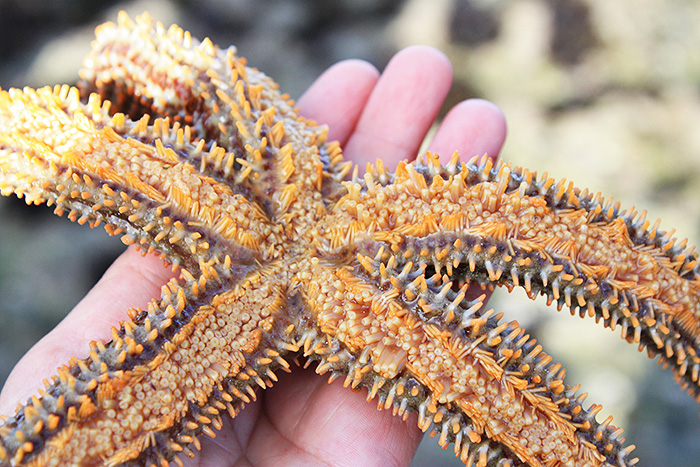
Many starfish have their vital organs in their arms so can regenerate a whole new body from a severed limb.
5. Octopus
The octopus is quite a cunning creature, being able to almost instantaneously match the colors and patterns (and sometimes textures) of its surroundings, making them difficult for predators to find. Like the starfish, they can also drop an arm if attacked. The octopus also has three hearts – two pump blood through their two gills, while the third pumps blood through the body.
6. Abalone (perlemoen)
Juvenile abalone are protected from predators (such as octopus) by sticking close to sea urchins, but as we know, once they are adults they mostly fall prey to human poachers. If they are injured it can also prove fatal as their blood contains no blood-clotting mechanism.
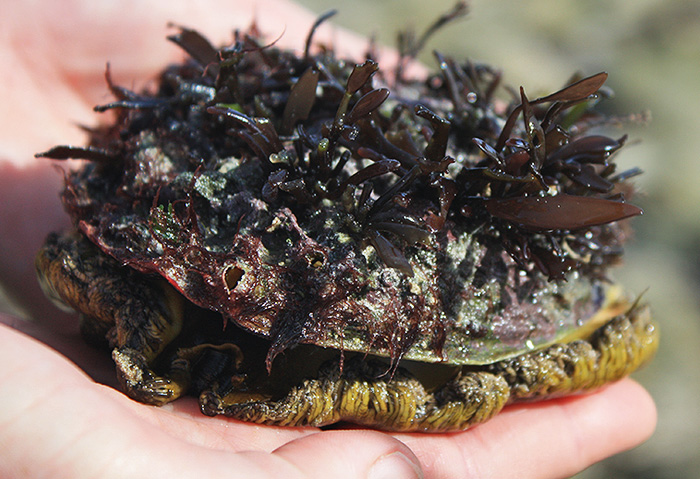
If abalone are injured it can also prove fatal as their blood contains no blood-clotting mechanism.
7. Barnacles
Barnacles are one of the few separate sex species found among the intertidal creatures (many are hermaphrodites) and as they are permanently attached to their spot on a rock, this would normally prove problematic for reproduction. However, the male barnacle has a penis that’s several times its length so it’s able to fertilise a female found a few centimetres away. Respect for the male barnacle!
8. Periwinkles and alikreukel
Periwinkles can survive out of the water for weeks by withdrawing into their shells and closing the trapdoor above their foot (you sometimes find dried periwinkle trapdoors on beaches – look out for a flat round shell with a spiral pattern). But once they have closed the trapdoor they can’t hold onto the rocks, so they secrete a mucus from their foot that hardens in the air, creating a “glue” that holds them in place. Large periwinkles are also known as alikreukel, popular in seafood dishes and their shells are often buffed and polished for ornamental purposes.
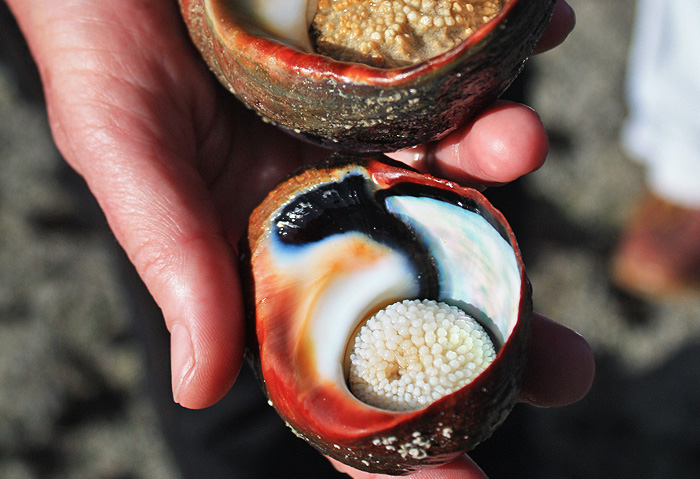
Large periwinkles are also known as alikreukel.
9. Fish
Most of the small fish you find in a rock pool are male. However, some male fish can change into female fish if the male to female ratio becomes unbalanced. Clownfish are particularly well-known for their sex-changing abilities – all clownfish start as males and only turn into females once they have eaten enough, and grown to a certain size.
10. African Black Oystercatcher
Contrary to what their name implies, oystercatchers rarely eat oysters. They actually prefer mussels and limpets!
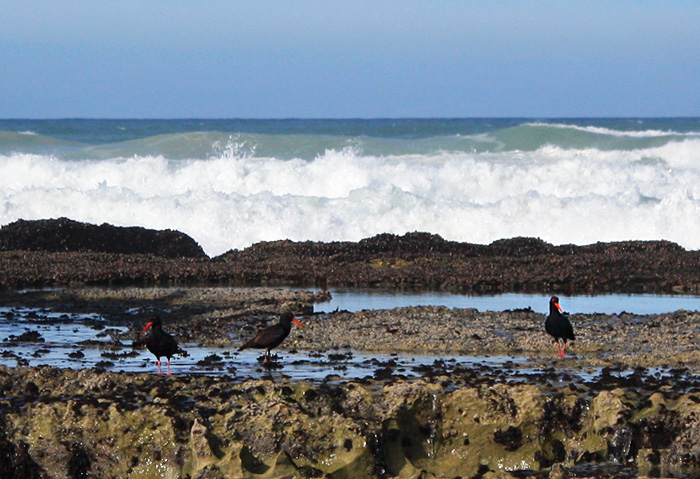
Oystercatchers actually prefer eating mussels and limpets.
The De Hoop Nature Reserve Marine Walk
The Marine Walk costs R150 per person and is approximately two hours long with starting times dependent on the tide. Dalfrenzo was our guide for the walk and you couldn’t get a more informative (and patient) guide if you tried! If you are planning a visit to De Hoop Nature Reserve, be sure to phone and book this excursion. Kids will love it too!
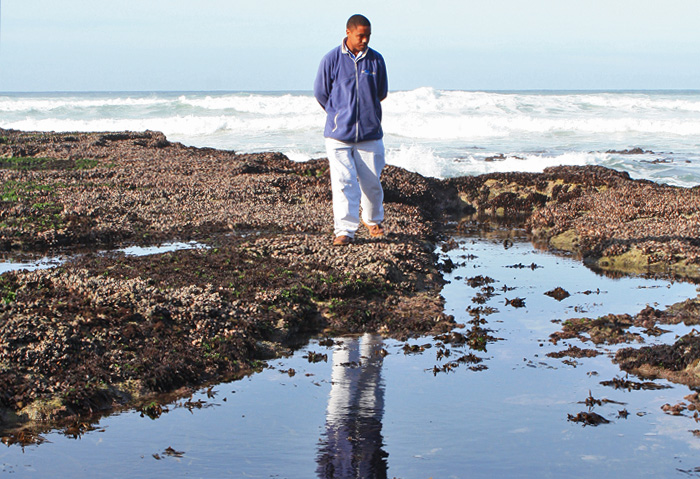
Dalfrenzo searching the rock pools at De Hoop for interesting specimens.
Visiting De Hoop Nature Reserve
Day visitors are welcome at the reserve, where you can hike or mountain bike while enjoying the scenery. You are very likely to come across bontebok, eland, ostrich, baboons and the Cape mountain zebra. Or spend the day snorkelling in the rock pools and lazing on the impressive sand dunes. Entry is R40 per person, gates open at 07:00 and close at 18:00.
Where to stay at De Hoop
The best way to savour the open spaces, wildlife, bird life and whales (from June to December) is to spend a few days in the reserve. There are plenty of accommodation options to choose from, including camping. (Please note: While CapeNature manages the reserve area itself (and the Whale Trail, get your permit here), all tourism activities and accommodation/camping facilities are handled by De Hoop Collection.) I stayed in Die Melkkammer Vlei Cottage on the edge of the vlei, in the oldest house on the reserve (built in 1872). It’s charming, but fairly remote (and has no electricity), so if you want to get to the beach quickly or be close to the Fig Tree Restaurant (which serves delicious meals) then it would be better to stay closer to Die Opstal.
Contacts
Tel: 028 542 1253
Email: [email protected]
Web: www.dehoopcollection.co.za, www.capenature.co.za
The Whale Trail: More information available here. Get your permits here.
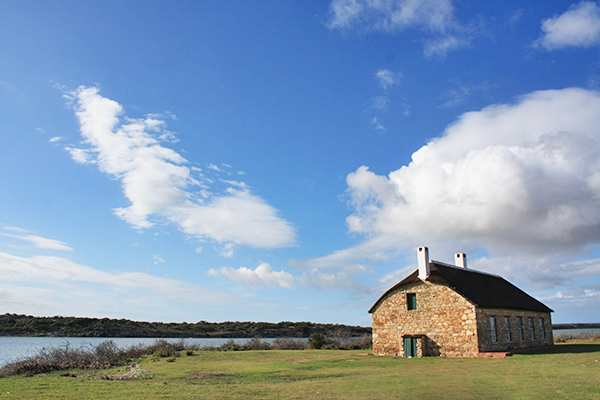
Built in 1872, Die Melkkammer Vlei Cottage is a lovely building right on the vlei.










